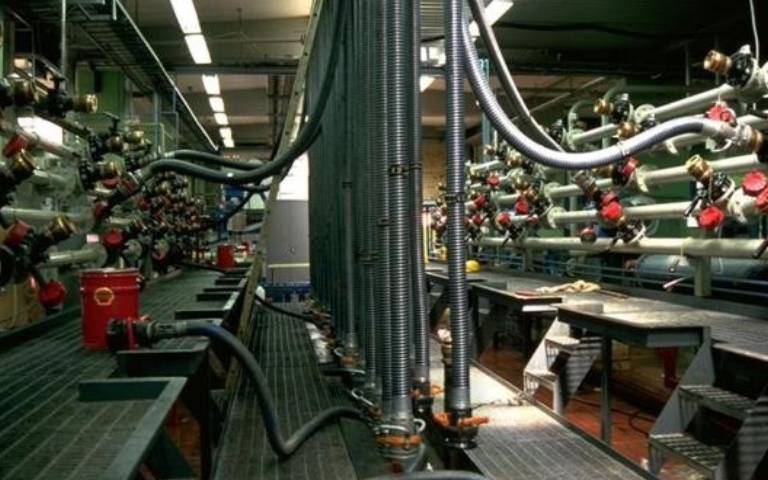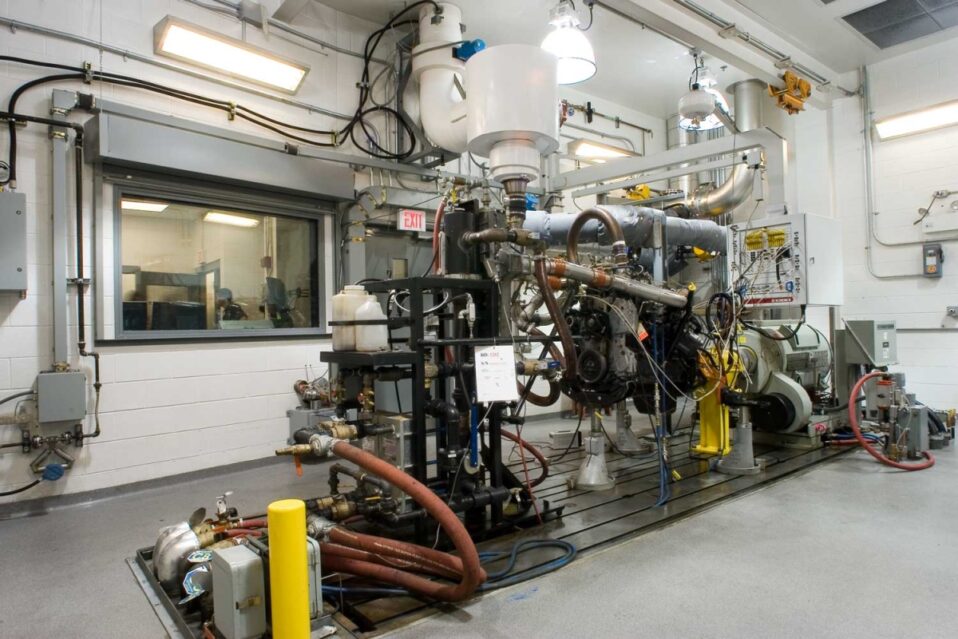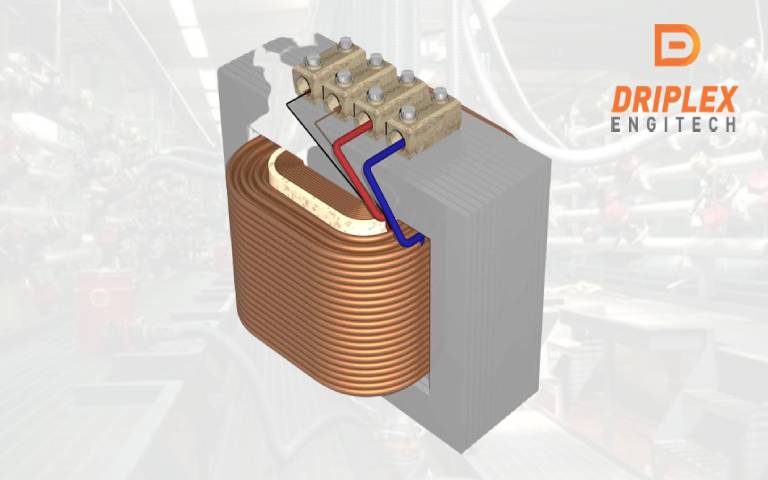Lubrication oil is an essential component in the smooth operation of machinery in various industries, including manufacturing, transportation, and construction. However, transferring lubrication oil from one container to another can be a messy and potentially hazardous process if not done correctly. That’s where dry break couplings come in.
Dry break couplings, also known as dry disconnect couplings, are designed to facilitate safe and efficient transfer of fluids, including lubrication oil. These couplings have two parts: a male and a female end. The male end has a probe that is inserted into the female end, which has a valve that opens to allow fluid flow. When the two ends are connected, the valve opens automatically, and when they are disconnected, the valve closes, preventing fluid leakage.
One of the key benefits of dry break couplings is their ability to minimize fluid loss and environmental contamination. The tight sealing mechanism of the couplings prevents any lubrication oil from spilling or escaping during the transfer process. This is especially important in industries where lubrication oil is used in large quantities and spills can be costly in terms of both money and environmental impact.
In the lubrication oil industry, dry break couplings are used in a variety of applications. For example, they are commonly used in bulk lubricant storage and dispensing systems to ensure safe and efficient transfer of lubrication oil. They are also used in equipment that requires regular lubrication, such as large engines, turbines, and compressors. In addition, dry break couplings are often used in lubrication oil filtration systems to facilitate easy replacement of filter elements.
Another advantage of dry break couplings is their ability to save time and increase productivity. Because the couplings allow for quick and easy connection and disconnection, they reduce the time required for transfer of lubrication oil. In addition, dry break couplings are designed to be easy to clean and maintain, further increasing productivity.
When selecting dry break couplings for lubrication oil applications, it is important to consider the type of fluid being transferred, as well as the pressure and temperature requirements. Different couplings are designed for different applications, so it’s important to select the right coupling for your specific needs.
In conclusion, dry break couplings are an important component in the lubrication oil industry, providing a safe and efficient way to transfer fluids. Their ability to minimize fluid loss and environmental contamination, increase productivity, and save time make them a valuable tool for any industry that uses lubrication oil.




